Holiday House Safety Tips
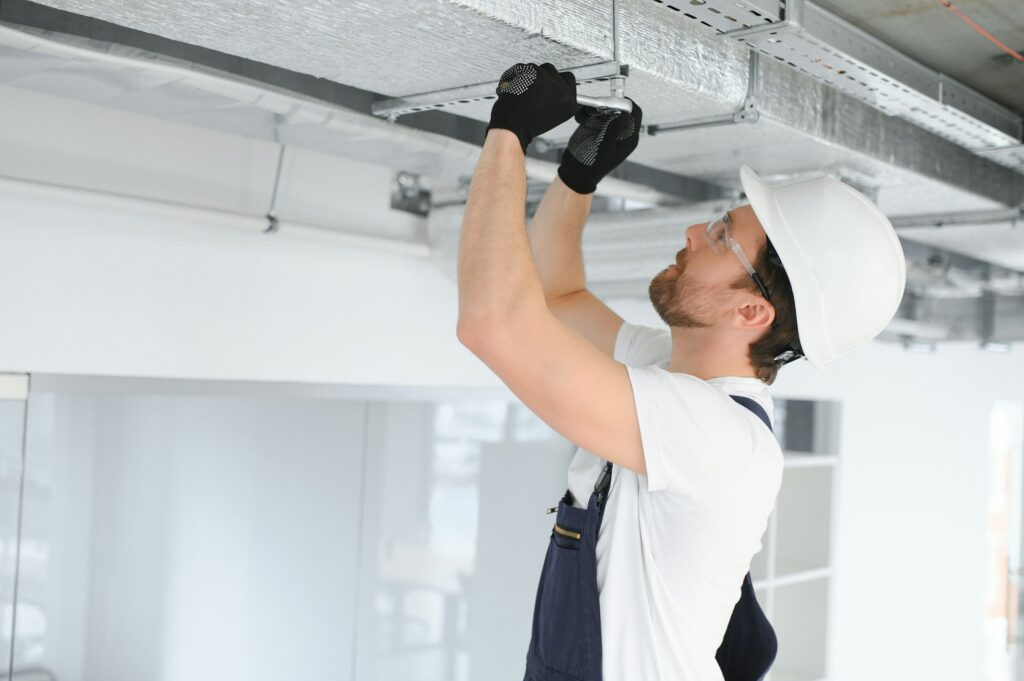
HOLIDAY HOUSE SAFETY TIPS The time we look forward to all year has finally arrived. The holidays are wonderful for many different reasons, but it certainly can be a busy time of year. Between wrapping presents and preparing a holiday feast it’s easy to let your guard down. They are a few precautionary steps you […]
How To Prepare Your Home For Winter & Reduce Your Heating Bill
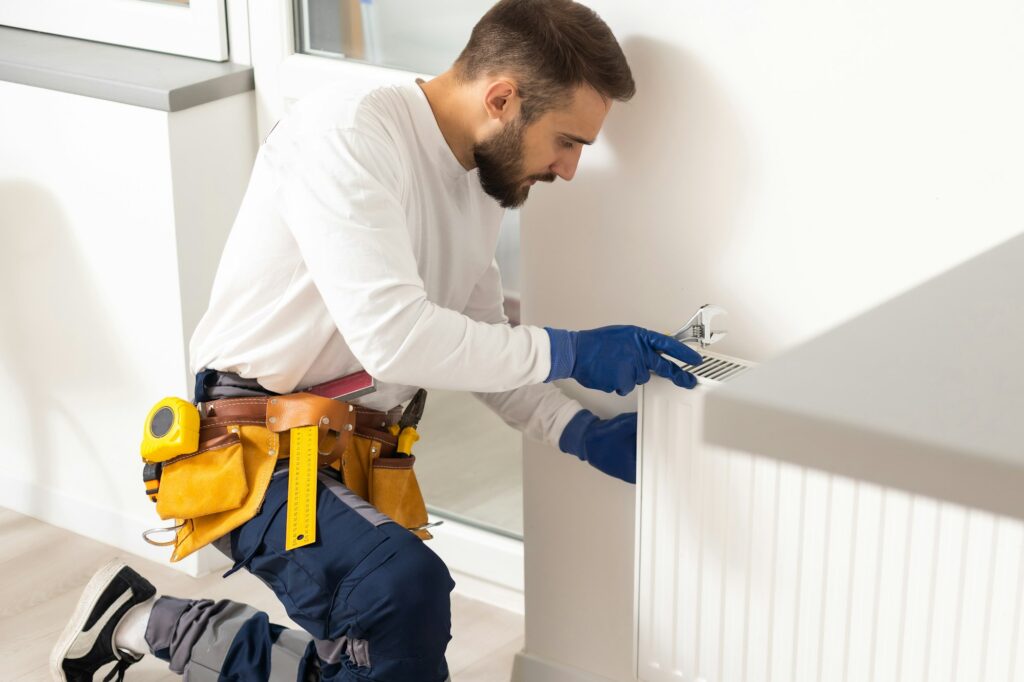
HOW TO PREPARE YOUR HOME FOR WINTER & REDUCE YOUR HEATING BILL The thought of winter around the corner isn’t always pleasant, but there are several ways to lessen the stress that comes with colder weather. You might want to consider ‘winterizing’ your home, which will keep it in optimal condition throughout the season and […]
Important Sensors For Your Home
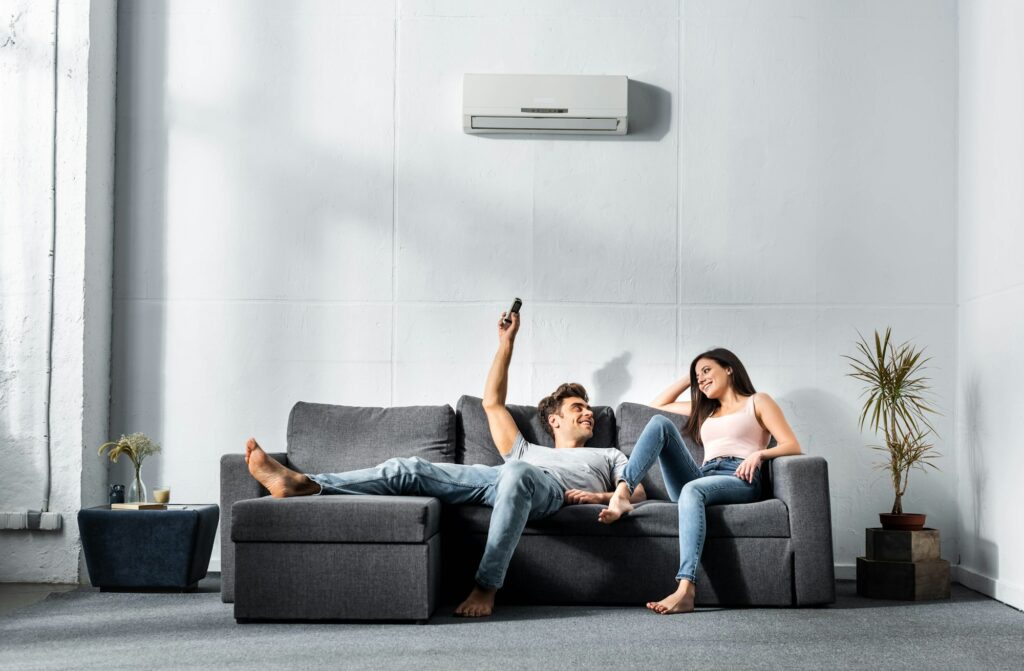
As a homeowner, you probably understand how much maintenance is required just to keep everything up and running, but sometimes it can seem overwhelming – especially when it comes to utility bills and unexpected repairs. Luckily, with technology today, there are a number sensors you can invest in to make life just a little bit easier. Here […]
What Does The Energy Star Logo Mean?

You’ve seen this logo everywhere! On washers and dryers, dishwashers and refrigerators, TVs and computers, air conditioners and furnaces. But, what does it mean? Energy efficiency is something that every homeowner or building manager cares about. Whether you’re just paying your utility bills at home or you’re running a business, no one wants to pay […]
Energy Saving Tips For Pet Owners

If you own your own home, then you’re free to have any type of animal companion you like, including furry, four-legged friends like dogs and cats. But even when you’re ready to go to work, and the kids go off to school, your pets stay at home. Have you ever considered what that could mean […]
Why Are Some Rooms Hot & Others Cold?
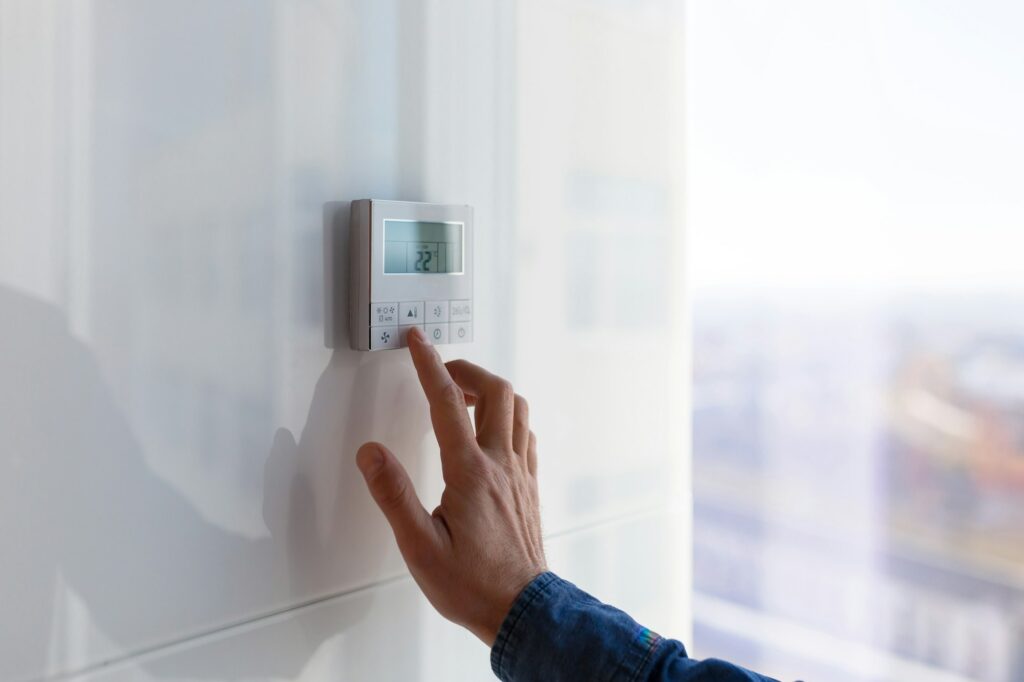
Did you spend this past winter continuously turning up the heat? Winter in Canada is guaranteed to do one thing: force you to start turning up the heat to stay comfortable in your home. Now that the temperatures are finally starting to warm, will you be playing with the air conditioner, too? You may find […]
How & Why To Test And Maintain Your Co2 Detector?
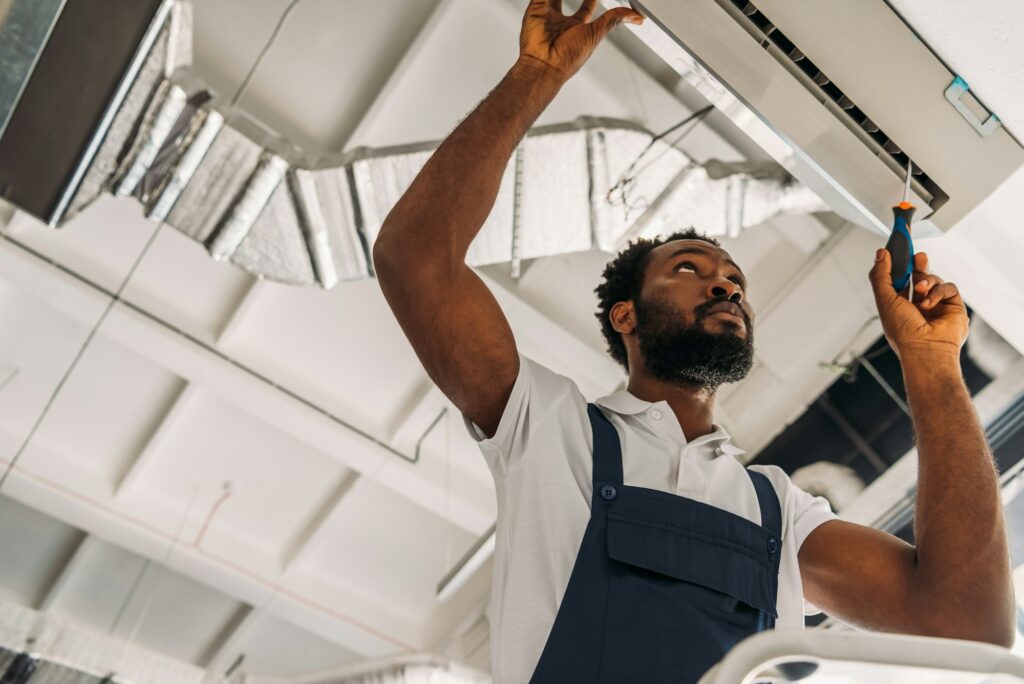
It’s sad to say, each year, in Canada, more than 50 people die from carbon monoxide poisoning. In addition, hundreds more are hospitalized and may end up permanently disabled. There is no question that carbon monoxide poisoning is a serious issue, especially since almost 90% of Canadian homes have at least one thing that can […]
Cheap Tricks To Reduce Your Energy Bill This Winter
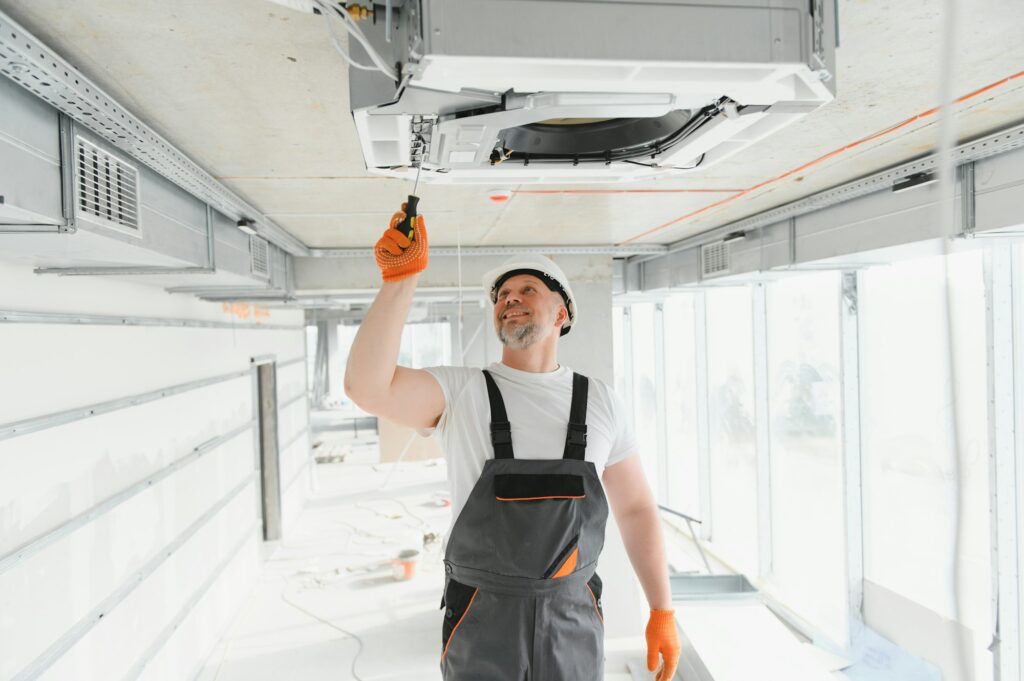
If you’re like most homeowners, you’d love to be able to reduce your energy bills in the winter without having to spend a lot of money. As the temperatures drop and that furnace kicks into high gear for several months, your energy bills can become uncomfortable. Having an energy-efficient home will give you peace of […]
How A New Hvac System Can Both Save You Money & Increase The Value Of Your Home
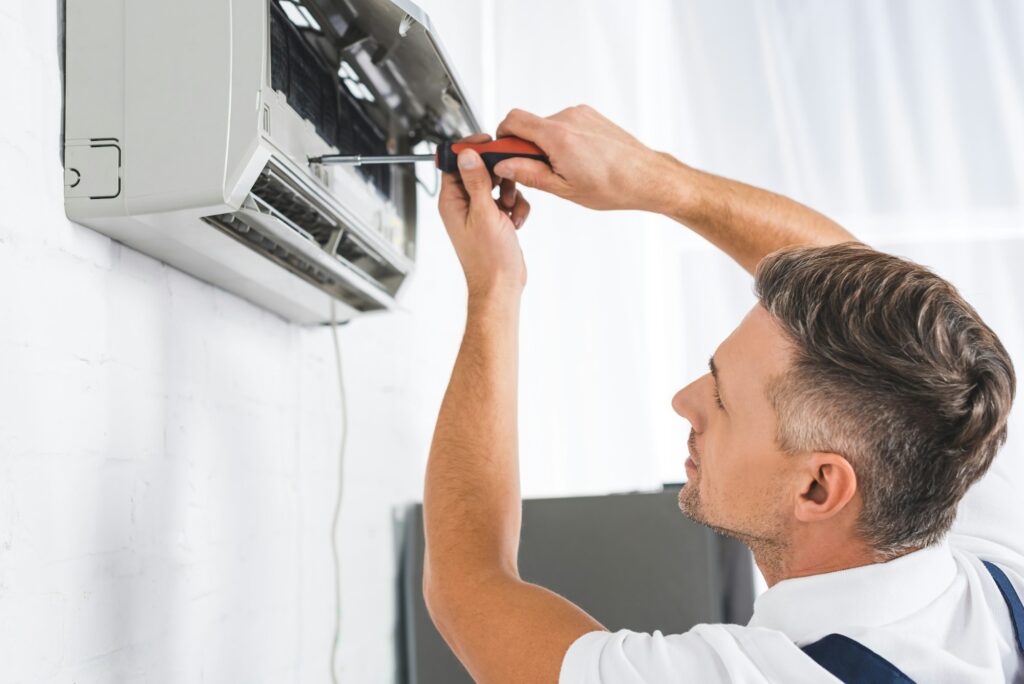
Most homeowners thinking about home improvement will go for the most visible, big-ticket items. Renovating kitchens and bathrooms, for example, is a pretty noticeable way to show that a home has had some major improvements. But there are many other critical ways in which a home improvement project can involve a significant investment that will […]
What To Do During A Summer Power Outage

Summer is a great season for going outdoors and enjoying the weather, but it can also be a time when the environment and the weather, in particular, can turn against us. Storms, for example, can create winds strong enough to gust, or even become full-blown tornados. This extreme weather can result in falling trees and […]


